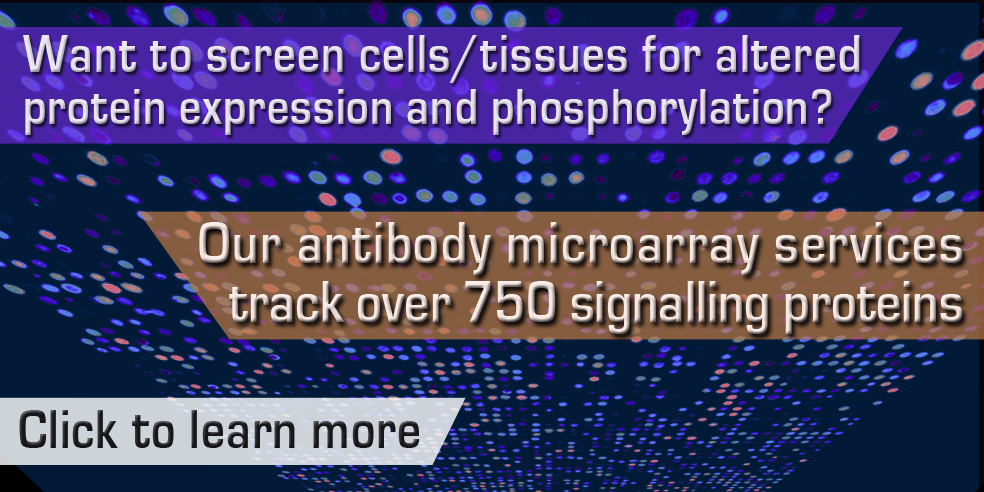Cancer Protein Description
This report provides a detailed description of a selected cancer protein with information collected from various sources, including UniProt, the Wellcome Trust Sanger Institute’s Catalogue of Somatic Mutations in Cancer (COSMIC), and the Atlas of Genetics and Cytogenetics in Oncology and Haematology.
| Protein Name: | PIK3CA |
| Gene Name: | PIK3CA |
| Protein Full Name: | Phosphatidylinositol-4,5-bisphosphate 3-kinase cat |
| Alias: | EC 2.7.1.153; Phosphoinositide-3-kinase, catalytic, alpha polypeptide; PI3K; PI3K p110-alpha; PI3-kinase p110 alpha; PK3CA; PtdIns-3-kinase p110 |
| Mass (Da): | 124284 |
| Number AA: | 1068 |
| UniProt ID: | P42336 |
| Locus ID: | 5290 |
| COSMIC ID: | PIK3CA |
| Gene location on chromosome: | 3q26.32 |
| Cancer protein type: | OP |
| Effect of cancer mutation on protein: | GAIN |
| Effect of active protein on cancer: | PROMOTES |
| Number of cancer specimens: | 74096 |
| Percent of cancer specimens with mutations: | 10.45 |
| General distribution of mutations: | Narrow |
| Location of most mutations: | One main cluster of point mutations (AA 542-545) and three small regions of delection clusters (AA 56-453). |
| Commonly recorded point mutations: | H1047R (2514); E545K (1628); E542K (1042); H1047L (341); E545A (132); Q546K (127); |
| Mutations observed as inherited: | NA |
| Found in amplified chromosomal regions in human cancers: | NA |
| Deregulated in translocations: | NA |
| Deregulated by viral insertion: | NA |
| Transduced into viral genome: | NA |
| Gene undergoes hypermethylation: | NA |
| Normal role description: | PIK3CA is a lipid kinase activated by growth factors that can phosphorylate PIP2 to generate PIP3. PIP3 recruits several key PH domain-containing proteins to the membrane, notably AKT and PDPK1, and activates their signalling cascade. It can also interact with Ras and activate the Ras pathway. All of these signalling cascades are associated with cell growth, survival, proliferation, motility, and morphology. PIK3CA is also involved in endothelial cell migration and vasculogenesis. Three amino acids - E542, E545, and H1047 - are "hotspots" for mutation, and these mutations increase lipid kinase activity and promote oncogenic signalling. |
| Commentary on involvement of protein in cancer: | E545K in KERSEB; shows an increase in lipid kinase activity; oncogenic in vivo; occurs in the interface between the PI3K helical domain and the nSH2 (N-terminal SH2) region of the p85 regulatory subunit and may reduce the inhibitory effect of p85; requires interaction with RAS to induce cellular transformation; enhances invadopodia-mediated extracellular matrix degradation and invasion in breast cancer cells. E542K in KERSEB; shows an increase in lipid kinase activity; oncogenic in vivo; occurs in the interface between the PI3K helical domain and the nSH2 (N-terminal SH2) region of the p85 regulatory subunit and may reduce the inhibitory effect of p85; requires interaction with RAS to induce cellular transformation. |

